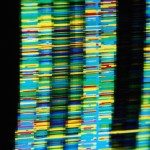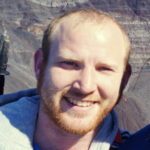Link to Pubmed [PMID] – 21814841
J. Mol. Evol. 2011 Aug;73(1-2):34-44
The amphipod Crangonyx islandicus is a recently discovered species endemic to Iceland. Populations of C. islandicus are highly structured geographically and genetically. The COI and 16S mitochondrial genes confine six monophyletic groups which have diverged for up to 5 million years within Iceland, and may present two cryptic species. To investigate the potential cryptic species status we analyse here the internal transcribed spacers (ITS1 and ITS2) and compare its variation with the patterns obtained with the mtDNA. The ITS regions present much less divergence among the geographic regions in comparison with the mtDNA, distances based on ITS1 are correlated with the COI distances as well as with geographic distances, but most of the variation is observed within individuals. The variation in the ITS region appears to have been shaped both by homogenization effect of concerted evolution and divergent evolution. A duplication of 269 base pairs is found in the ITS1 of all individuals from the southern populations, its divergence from its paralog appears to predate the split of the different groups within Iceland but some evidence point to rapid diversification after the split. This duplication does not affect the secondary structures found in the 3′ and 5′ ends of the sequence, suggested to have a role in the excision of the ITS1. Compensatory base changes within the ITS2 sequences which have been suggested to be a species indicator were not detected.


